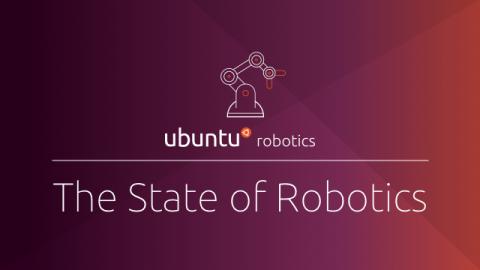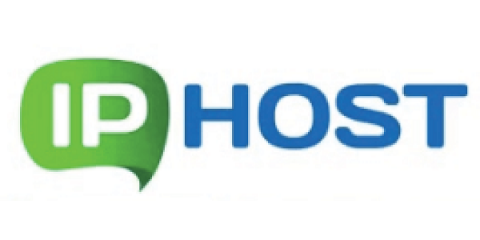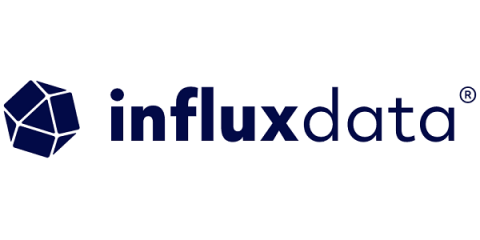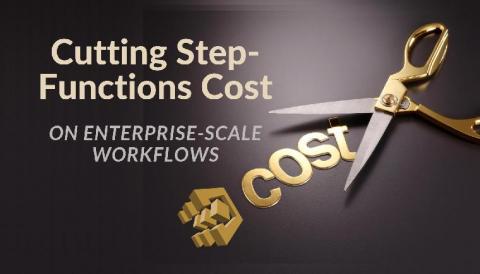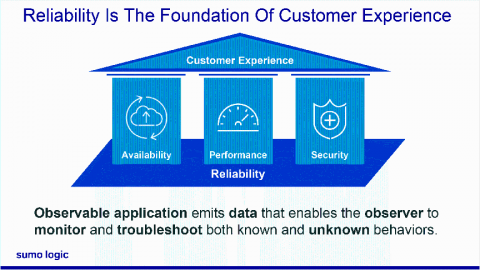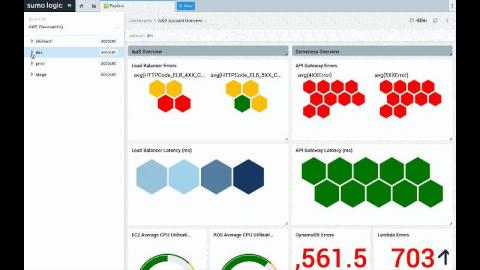The State of Robotics - July 2020
We know a lot of you are on vacation so we’ll keep this month’s State of Robotics edition short and sweet. Looking for an easy way to get familiar with ROS 2? We recently published a few helpers on how to simulate robots with turtlesim to help our readers get a rolling start on ROS2. For something that carries a little more punch, follow our tutorial on simulating a TurtleBot3.


